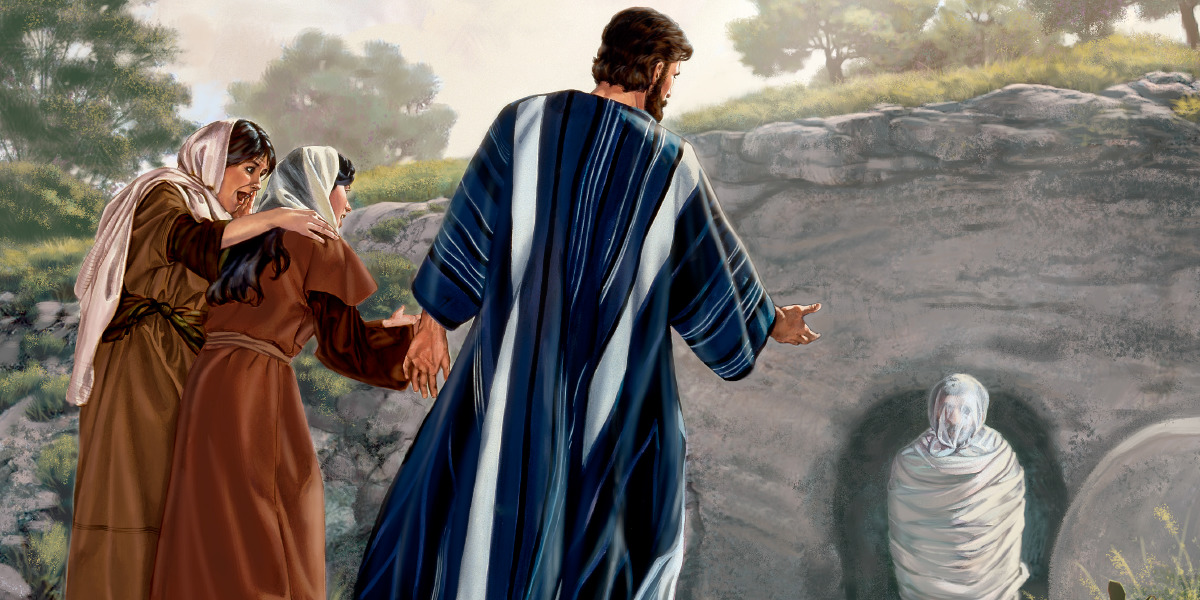By Stephen Leonard
“When the large crowd of the Jews learned that Jesus was there, they came, not only on account of Him but also to see Lazarus, whom He had raised from the dead. So the chief priests made plans to put Lazarus to death as well, because, on account of Him, many of the Jews were going away and believing in Jesus.” John 12:9-11
Jesus raised Lazarus from the tomb, who was four days dead. His body was already decomposing, and smelled. But Lazarus was now, of course, famous. People wanted to see the result of this greatest of all miracles; they wanted to see a recently, certainly very dead man, who now vigorously lived.
This notoriety disturbed the Jewish leaders to no end. They were worried that the status quo with their Roman rulers remained in place, and that they remained in the leadership role they currently enjoyed. Their planned solution didn’t make any sense. They intended to remove the popular one, Lazarus, by plotting to kill him, just as they plotted to kill Jesus. Maybe if Lazarus were dead, many people would falsely think he never came back to life.
Our knowledge of this greatest of all of Jesus’ many miracles, the raising of a very dead Lazarus to life, is solely found in John’s Gospel. Lazarus was well known by many people who knew he died and now was breathing, talking, and eating. The Apostle John tells the story. Why not Matthew, Mark, or Luke? How could they miss this greatest of all the Lord’s miracles?
Matthew, Mark, and Luke were written in the 50s and 60s, while Lazarus still lived. His life had been threatened by the Jewish religious leaders. Perhaps pointing out this miracle in writing would somehow bring a greater threat to the life of Lazarus.
The Gospel of John was written in the mid-90s, after Lazarus had already died again. Mentioning this miracle now did not matter. Lazarus’ life would no longer be in danger, considering he was now dead. This is the only rationale for John telling the story, while Matthew, Mark, and Luke remained completely silent; this lateness of the authorship of John some thirty years later safely allowed it.
The Gospel of John contains many uniquenesses not found in the Synoptic Gospels. But still, the major events of Jesus’ life are found in all four Gospels. I do not think the raising of Lazarus would be left out of any of the Gospels, except for a reason like this given here.
The claim of Jesus of being “the resurrection and the life” is certainly made apparent in this miracle at Bethany. He did this as the hour was drawing close for his great suffering and death on the cross.
This miracle and Jesus’ discourses (Matthew 24-26) on the Second Coming in the week of His crucifixion were preparation for all that was to occur in a matter of days. It is easy for us to study God’s Word today and wonder why the disciples were so dense as to not only His death, but His resurrection, for Jesus was telling them all along what would soon take place.
Unfortunately, any of us on that day would have been equally dense. But since today we have God’s Word to study and to hang on Jesus’ very words, we have no excuse to be out of fellowship with Him, nor not be ready for his coming.
Encouragement
“My Jesus I love Thee, I know Thou art mine; for Thee all the follies of sin I resign, my gracious Redeemer, my Savior art Thou; if ever I loved Thee, my Jesus ‘tis now.”
(1st verse of William Featherstone’s hymn, “My Jesus, I Love Thee,” 1864)
Stay Updated
Sign up for our monthly newsletter and weekly devotional










